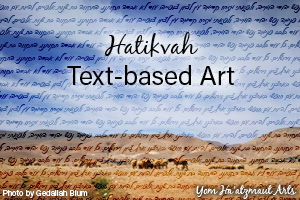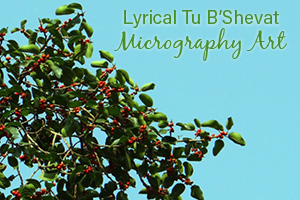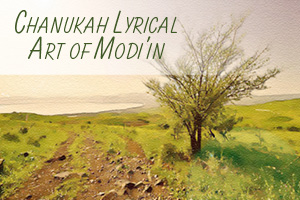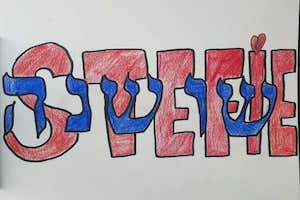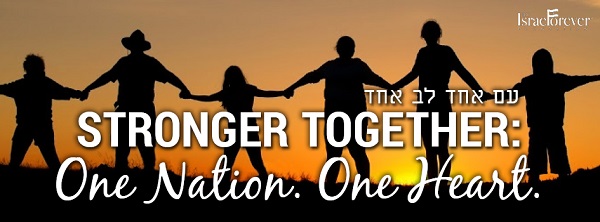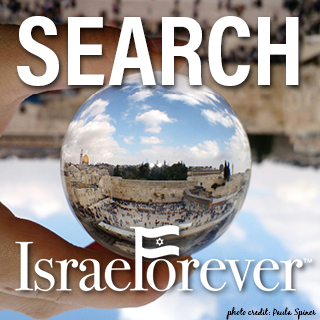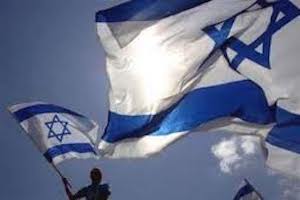Words as Art: The Creative Legacy of the Scribes
Hebrew micrography, otherwise known as microcalligraphy, is a Jewish art form made up of words made to look like an image. Developed around the late 7th CE, it was the creation of the scribes of Tiberias in Eretz Yisrael as a way to protect the accuracy of biblical text as it passed from generation to generation.
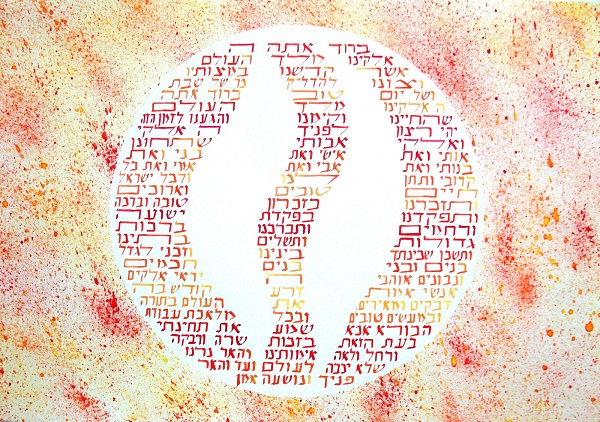
Art by Racheli Ziskind-Sabo
The mesorah (“tradition”) system of marginal biblical notes was used to count and itemize each word in the Hebrew Bible - how many times and where it appeared in exactly the same form - to assist the scribes as they recreated each piece. In the earliest Bible replications from Eretz Yisrael and Egypt, the micrography decoration was usually geometric and abstract. As the practice continued, words became continuously transformed into works of art - psalms or dedications might also be combined with painted decoration as both internal and external displays.
The earliest examples have been found in Near Eastern biblical manuscripts - primarily the Moshe Ben-Asher Codex of the Prophets (dated 895-6 CE, Cairo, Karaite Synagogue), whose pages are decorated with geometric designs including structures, arches and depictions of nature and animals. Adept at writing tiny mezuzot (doorpost scrolls) and tefillin, which had to be written in a disciplined, minute hand, members of the Ben-Asher family were considered master soferim, ritual scribes, from the late eighth to the early tenth centuries. In Egypt, kettubbot (marriage documents) were decorated micrographically from the 12th century.
The uniqueness of micrography as a Jewish art form lies not only in its origins, but also in its continued existence. Handed down from one scribe to another, generation after generation, it spread from Eretz Yisrael and Egypt southward to Yemen and northward to Europe. In later centuries micrography also became a technique for enhancing the beauty of Bible and prayer book manuscripts and appealed to a broader audience.
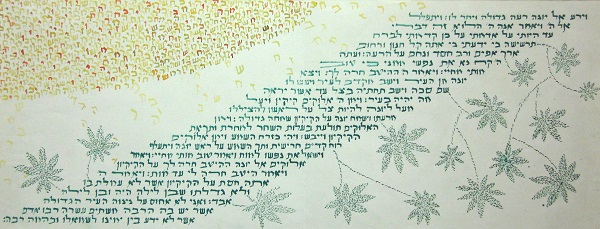
Art by Chana Schiffmiller
With the invention of the printing presses in the mid-15th century, fewer manuscript Bibles were produced. Metal typeface could not replicate the minute detail that the pen could make. Jewish scribes therefore sought out new subjects and creative applications for this ancient art form. The printing presses were thus useful in making inexpensive reproductions of their new designs, allowing viewers to immerse themselves in the artwork to decipher the text while appreciating the artistic depiction.
The final artwork thus provides the owner, as well as its creator, with a powerful combination of the holy letters of Hebrew and the beauty of the image - very often of the land of Israel, or episodes in Jewish history or from the Bible. What a beautiful way to sustain our eternal connection to our ancestral tongue, homeland, and the stories and heritage inherited by every Jew in the world.
We have continued this tradition in many of our Israel in My Art projects. Creating new art inspired by the beautiful form of the ancient language of our people is yet another way to deepen our roots and strengthen our Jewish identity.
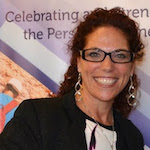
Dr. Elana Yael Heideman, Executive Director of The Israel Forever Foundation, is a dynamic and passionate educator who works creatively and collaboratively in developing content and programming to deepen and activate the personal connection to Israel for Diaspora Jews. Elana’s extensive experience in public speaking, educational consulting and analytic research and writing has served to advance her vision of Israel-inspired Jewish identity that incorporates the relevance of the Holocaust, Antisemitism and Zionism to contemporary issues faced throughout the Jewish world in a continuous effort to facilitate dialogue and build bridges between the past, present and future.
Recommended for you:
About the Author


